🌱The Best Low-Stress Fall Garden Planting Strategy
Plus, A Beautiful Morning in the Garden with Feathered, Finned, Furry, & Fuzzy Friends!
Note: This is a longer post. If it gets clipped in your email, just click “View entire message” or open it in your browser to read the whole message.
I’ve finally found the best solution to starting fall crops. This will take the timing worries away, and allow you to start seeds in advance with no stress about when you can get them in the ground.
I’m really happy to share this tip with you! I’ll describe it below, along with how it’s working for me, and the pros and cons of this method.
And in the meantime, while I was outside on a beautiful morning checking on my fall seedlings, I’ve captured the most special gardening session with pets and wild animal friends with feathers, fins, fur, and fuzz!
Feathered, Finned, Furry, & Fuzzy Friends in the Garden
What an incredible morning with all manner of animal pals.
Furry:
Of course, our dogs Freddy (back) and Hazel (front) have decided to join me in the garden. They love to spend time with us. They’re both a year old, and we adopted them from the National Bernese Mountain Dog Rescue Network. I highly recommend this genuinely caring and dedicated rescue organization. As of today, their site (in the link above) says they’ve saved 239 dogs this year. They’re a phenomenal group of rescuers.
Freddy is scheduled for a hip replacement on Tuesday of this week. He has hip dysplasia, and has been in a lot of pain. We’re so sad that it’s already been hard for him to walk when only a year old. Fortunately, he’s been able to swim in the lake daily this summer to ease the pain from walking. Please send some healing thoughts his way!
Feathered:
Also joining me out in the garden on this gorgeous and tranquil summer morning was a swan:
We live on Waumegah Lake in Clarkston, Michigan, about an hour northwest of Detroit. We’re so fortunate to have found a house on this beautiful inland lake.
We live in the exurbs, an experience in between suburbia and full countryside. We love being able to see wildlife on a regular basis right from the house. Which brings me to our next friend hanging out with me as I garden.
Finned:
We have a really active community of fish on our lake, and the sunfish are the most gregarious. We love to sit on the dock and feed them. They’re happy to nibble fingers and toes, and they greet us in large numbers as we visit them from our dock. They even love to have us pet them, leaning against our hands as we reach down from the dock above.
I wasn’t able to get a photo today of Old Ironsides, our resident largemouth bass who lurks in the shadows. He came out and darted away before I could take a photo. He comes out when we feed the sunfish, ever-irritable and lunging at the smaller fish to try to eat them while they’re snacking. We haven’t seen him catch one so far, which is a huge relief. But we love him too and our whole “pet fish” ecosystem right in our own backyard.
Fuzzy:
And I’ve managed to spend so many summer days in the garden accompanied by softly buzzing and pollen-laden bees. I’m incredulous that at any time during the summer, I’ve been able to go out and find them hard at work. They’re ever-diligent while gathering pollen, and I’ve been shocked to often find them asleep atop a flower. It’s just adorable.
Pollinator-Friendly Blooms
The flowers I’ve been able to count on this summer to always harbor a thrumming community of bees are:
thyme
lavender
anise hyssop
other agastache varieties
sunflower
cosmos
echinacea
And there are so many more flowers in the garden that the bees and butterflies have been regularly visiting. I’ll make sure to keep adding more flowers that are both edible and consistently beloved by pollinators. And I’ll keep sharing my expanding list with you.
The Best Low-Stress Fall Garden Planting Strategy
Okay, here it is. In previous years, I’ve really stressed out over succession planting. Would the spring crop be done in time to plant a second round? What if I had low germination while in such a rush? Would there be enough time for a fall crop to ripen before the snow falls?
I’ve previously planted my fall crops as seeds directly in the ground. This has taken a while for them to germinate and get established. And it’s always been hit or miss. And such a pain on my back!
This year, I’ve used a fall planting method to eliminate these planning challenges, even in a cold climate like mine in US hardiness zone 6A.
This time, despite being exhausted from the huge spring planting session, I’ve started my fall crops from seed under my grow lights after the spring ones were finished.
And here they are, my fall seedlings patiently waiting and growing in their seedling pots and trays while I clear out the remnants of my spring harvest. With no need to rush, as these seedlings are happy to grow under the lights and then outside while hardening off until I’m ready to plant them.
I planted them on June 26, which was later than I would have liked due to the extended spring planting madness, but the timing ended up worked out really well. My current in-ground crops of garlic (planted the previous October) and spring potato plantings took plenty of time to ripen in their outdoor beds, allowing my fall seeds to sprout and thrive under my lights while waiting for their own turn to go in the garden.
I’m excited to show you my list of global heirloom crops that I’ve planted this way for the fall growing season. But before I do, here are some pros and cons to using this method for growing your fall crops:
Pros:
Permanent seed-starting solution: Once you invest in your grow lights and the equipment I’m suggesting below, you can use them every spring and fall from now on! This is huge. You’ll always have them on hand, even if you decide at the last minute to start some slow-growing onion, lavender, or snapdragon seeds in January.
Time saving: Starting seeds under the lights will give you a huge timing advantage. By planning and planting as far in advance as needed for your crops, you’ll have your thriving seedlings ready whenever the weather outside is best for them to go in the ground. This will bring you to harvest much faster than if you sow your seeds directly outside.
Safe and optimal growing environment: While your seeds germinate and become seedlings, your indoor environment gives them a safe place to grow and thrive without pests, disease, or weather calamities until you’re ready to plant them.
A break from the winter blues: This is more relevant to your spring seeds, but it’s amazing any time of year to watch the absolute magic of seeing your seeds sprout and become beautiful, thriving plants. And in the deep throes of winter or early spring, watching this unfold is therapeutic indeed. Even after decades as a gardener, I’m still spellbound when I watch this happen.
A break for your back: You can sit comfortably at a table while planting your seeds in flats to go under the lights. This is a huge bonus when you have a lot of crops to get in the ground.
Cons:
Grow lights and shelving units: You’ll need these, and the room to put them in your house. Mine are T5 fixtures that I bought in 2014 (which replaced the shop lights I’d been using since I was a kid), but there are newer, more efficient LED ones now. Which brings me to my second point.
Electrical cost of the grow lights: This is something you’ll need to factor in too. The lights will need to be on for about 12-16 hours per day, depending on the type of plants and current growing stage. So for me, this can get pricey with my older lights and a full capacity of 24 growing flats.
Additional equipment: You’ll also need to buy nursery flats (trays), small pots (my 1020 flats hold 18 seedling pots each), and seed-starting soil. I recommend heavy-duty flats, so you won’t have to double them up like I need to do with my flimsier ones to keep them from cracking when they’re heavier from watering. You’ll need flats without holes while they’re indoors, and then with holes for when you’re watering and hardening off your seedlings outside. A light timer is also helpful. And you can also invest in heat mats, thermostats, and fans.
Hardening off: If you start your seeds under the lights, you can’t just take them straight outside and plant them in the ground. They haven’t yet become accustomed to the real sun, and they would fry to death if you did this! (Trust me, I know.) You’ll need between 3 fully-cloudy days and 1 week of sunny days and positioning gradually from shade to sun to accustom your seedlings to living outdoors. So you’ll need to plan for this and bring your flats outside and back inside during this period until the plants are ready to withstand full sun. It’s not hard, but you’ll need to plan for this.
Fall Crops
Here’s what I planted under my lights in June for a fall crop:
Bok choy: hedou tiny, milk, purple lady, shanghai green, suzhou baby, toy choy, white stem
Brussels sprouts: darkmar 21, red bull
Cabbage: buscaro red, filderkraut
Chijimisai
Chinese cabbage: golden beauty, hilton, nagasaki late, one kilo slow bolt, red trumpet
Choy: yellow heart winter
Choy sum: 50-day, purple
Corn salad (mache): big-seeded, green full heart, vit
Endive: benefine, curlesi
Escarole: eros
Kale: black magic, chinese kailaan, dazzling blue, frise rouge, redbor, tronchuda, white russian
Kalettes: autumn star
Kohlrabi: delicacy white, early purple vienna
Komatsuna: spinach mustard old tokyo
Lettuce: black-seeded simpson, bronze beauty, buttercrunch, claytonia, crisp mint, de russie, devil’s ear, flashy butter gem, forellenschluss, great lakes, green mountain celtuce, gustav’s salad, hanson, landis winter, lolla rossa, lunix, merlot, merveille des quatre saisons, oak leaf blend, outredgeous, pablo, paris island cos, red sails, rouge d’hiver, spotted aleppo, white silesian, yedikule
Mizuna: early, japanese pink, japanese red mustard
Mustard: chinese giant leaf, ethiopian blue, ethiopian green, japanese giant red, katie’s lettuce, misome, choho hybrid, hybrid
Radicchio: palla rosa
Rutabaga: marian (cousins for Phil the rutabaga from my previous newsletter!), novone yellow cabbage turnip
Spinach: bloomsdale long standing, jiromaru, monstrueux de viroflay, winterspinat haldenstein
Tatsoi: green, red
Turnip: Miyama, platte witte mei
How I messed it up:
As I detailed in my previous newsletter 3 Ways I Messed Up in the Garden, Plus Garlic Scapes, Purple Basils, Flowers, Herbs, and More, it’s really important to make sure your seeds are at the proper temperature under your grow lights.
Despite having decades of experience with grow lights, I overheated my seeds this time around and lost several of them. But this won’t happen to you! My T5 light fixtures emit quite a bit of heat. Last year I had recycled my old defective heat mats with wildly fluctuating thermostats. After this, I figured that I could supply all of the heat my seeds would need with my grow lights alone. But it was too much! I completely overdid it.
When I planted my fall seeds in June, I positioned my light fixtures too close to my trays to compensate for not having heat mats. And the seeds in the center of each tray overheated and died.
But this won’t happen to you for 2 reasons: You have access to LED lights now, which weren’t on the market when I bought my lights in 2014. They’re not only more energy-efficient than mine, but they also emit less heat.
And secondly, if you grow seeds that need more supplemental heat than you can give them at room temperature, like peppers, eggplants, or tomatoes, you have access to heat mats with thermostats that are much more reliable now than the ones I’ve had to recycle. And you can give your seeds exactly as much heat as they need.
Plus, you know my story, so you’re armed with the knowledge that the temperature matters. I’m grateful to keep making these ridiculous mistakes, as it keeps me both humble and always learning as a gardener. And I’m more than happy to pass my mistakes along to you as lessons, so you won’t have to learn yourself the hard way.
Also, now I won’t have to crowd the surviving seedlings to fit them all in my garden beds. I’m still in the process of learning my own lesson on planting too many crops for the space that I have. So this is all working out well in the end. Until I try to restrain myself again next year!
Thanks, as always, for your interest in my blog and newsletters!
If you haven’t already subscribed, please enter your email address below to get to more free newsletters and blog posts directly in your inbox.
And please check out my blog Shovel and Crunch, and follow my social media pages. And I’d love it if you share the food and garden love with others. Thanks so much for being here on this exciting global cooking and heirloom gardening journey!
🌱Shell



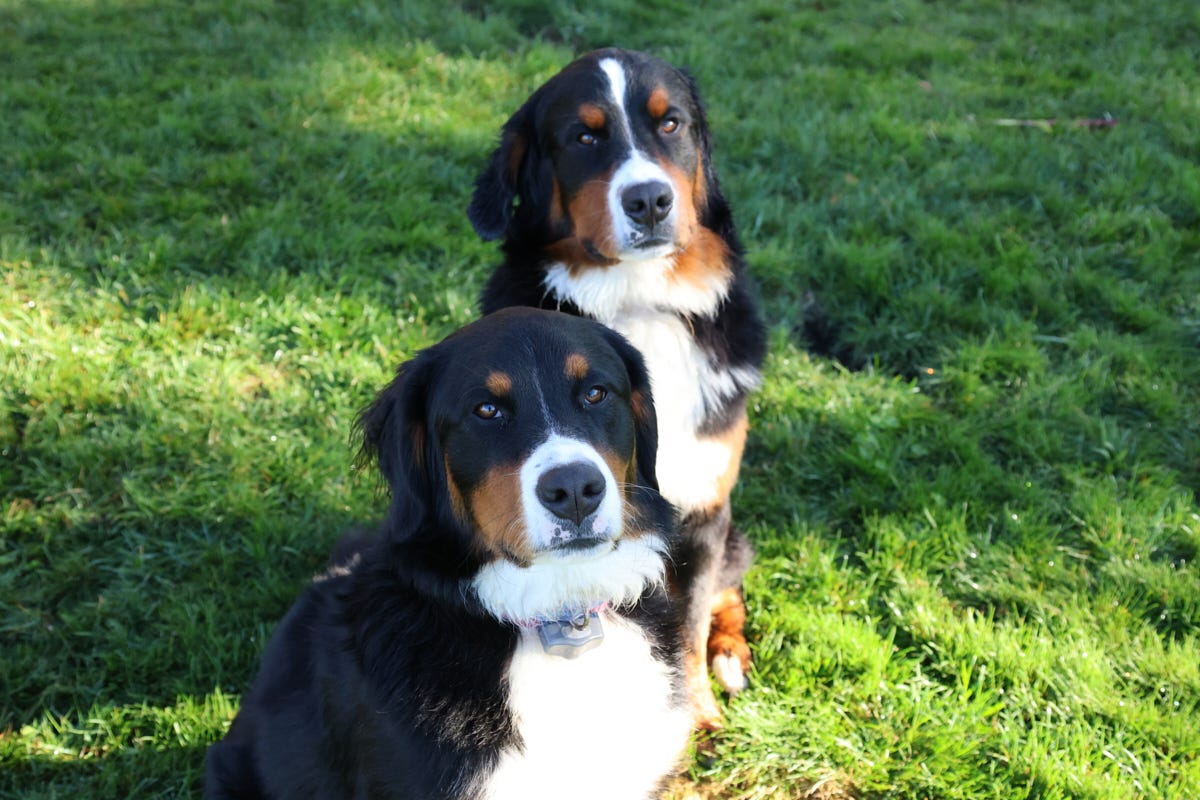
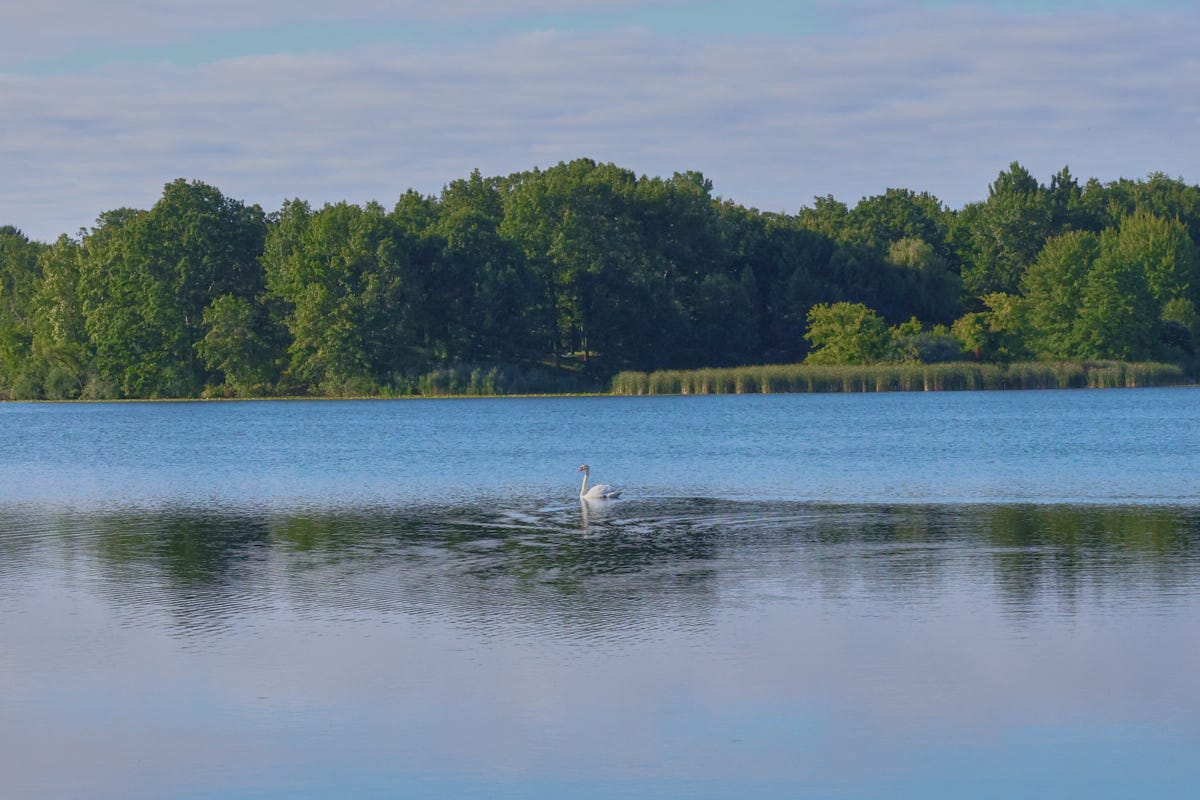
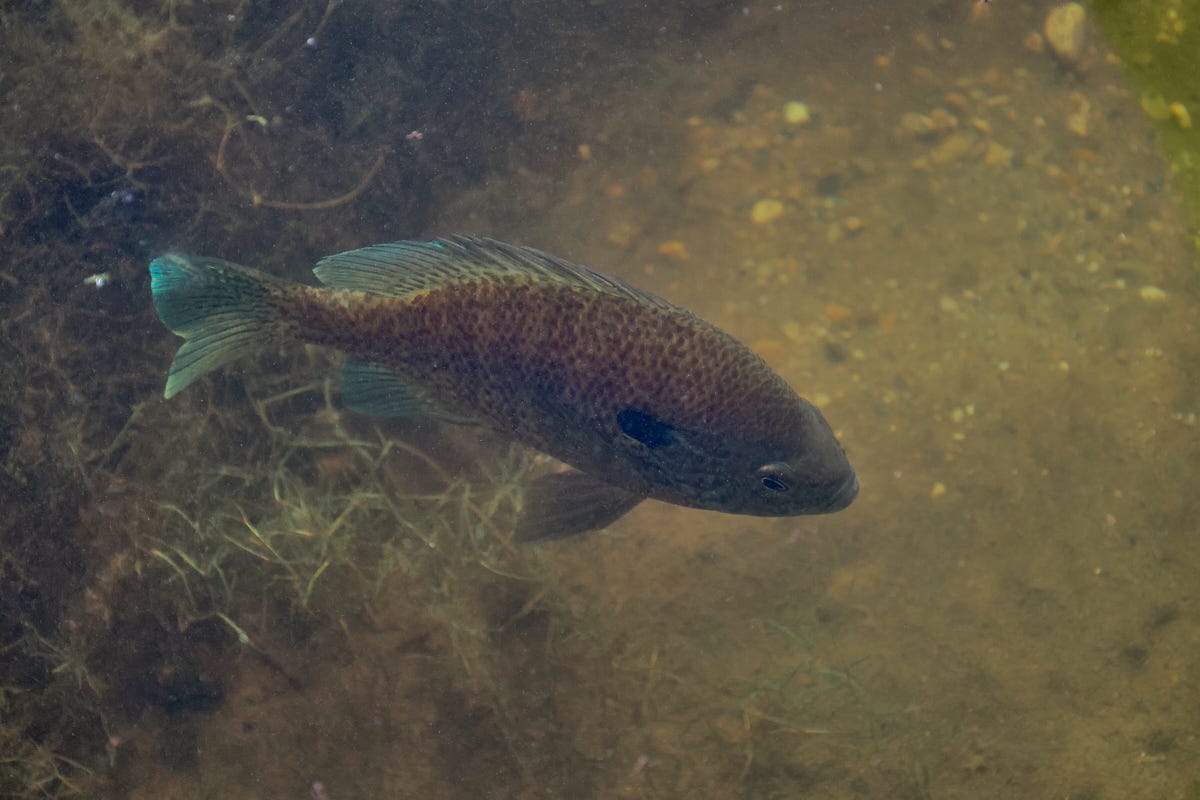
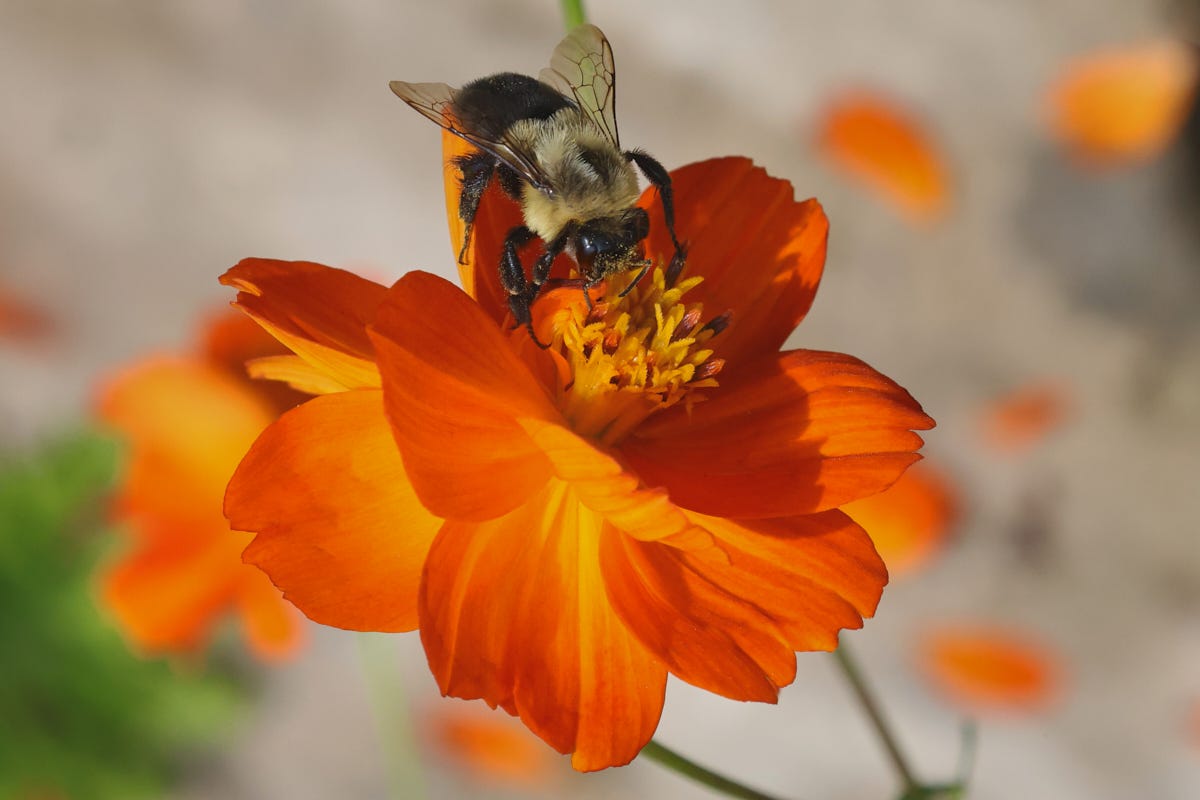

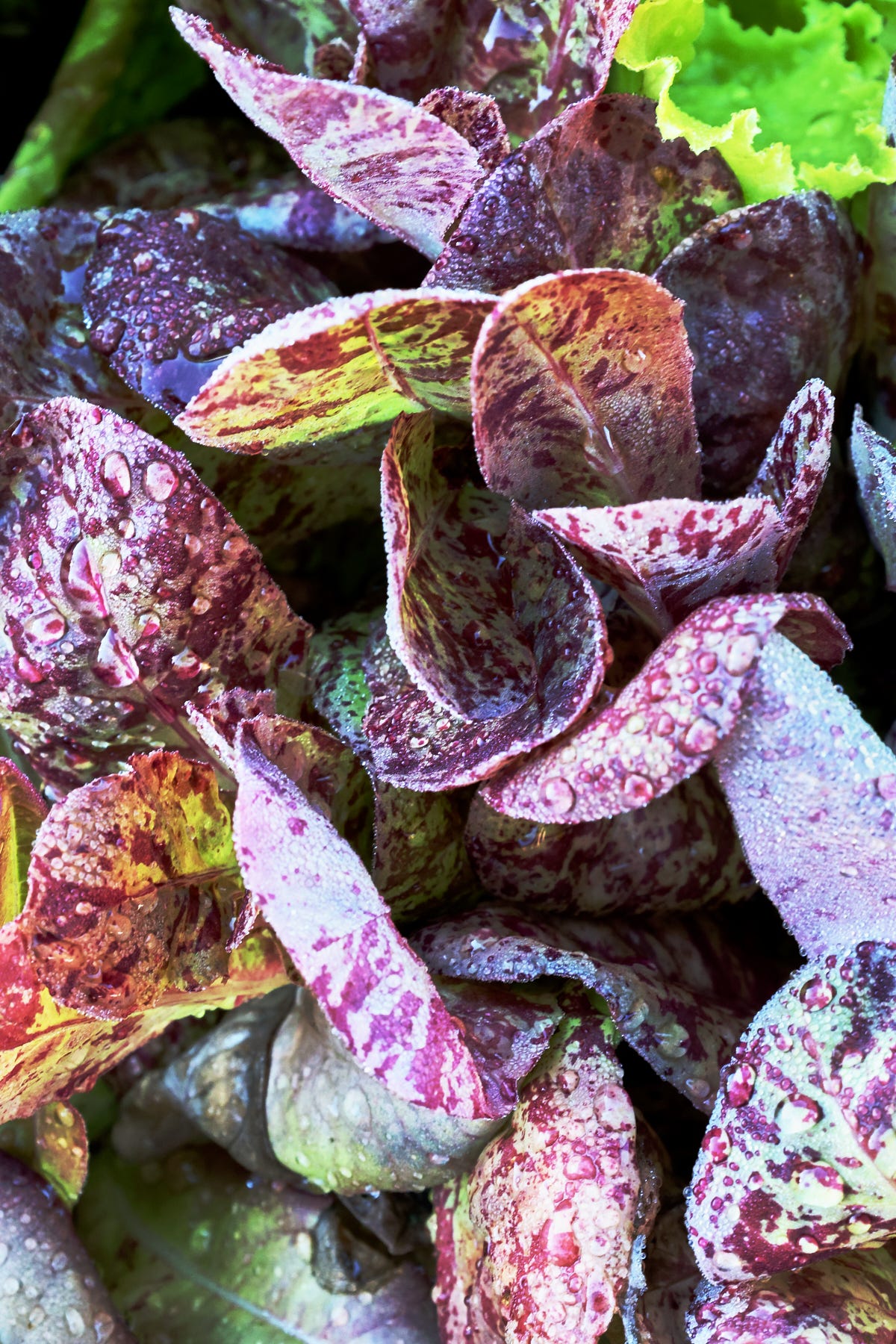
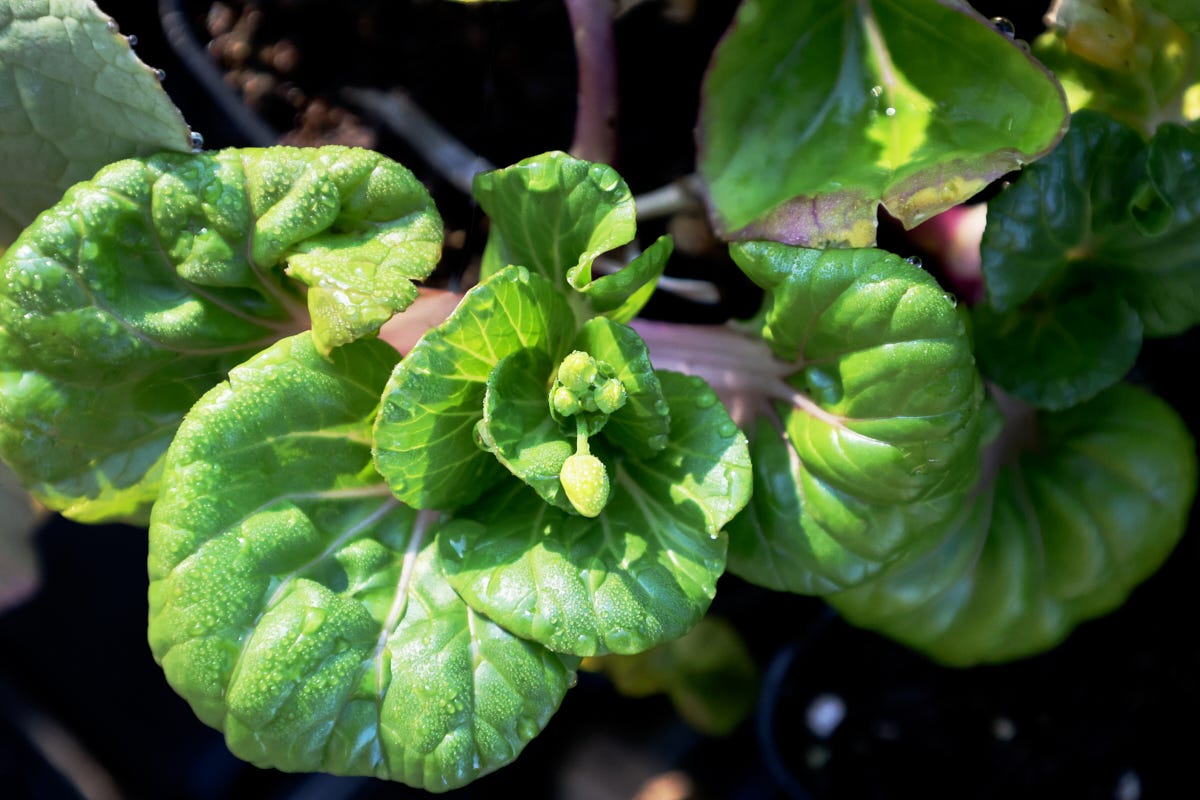
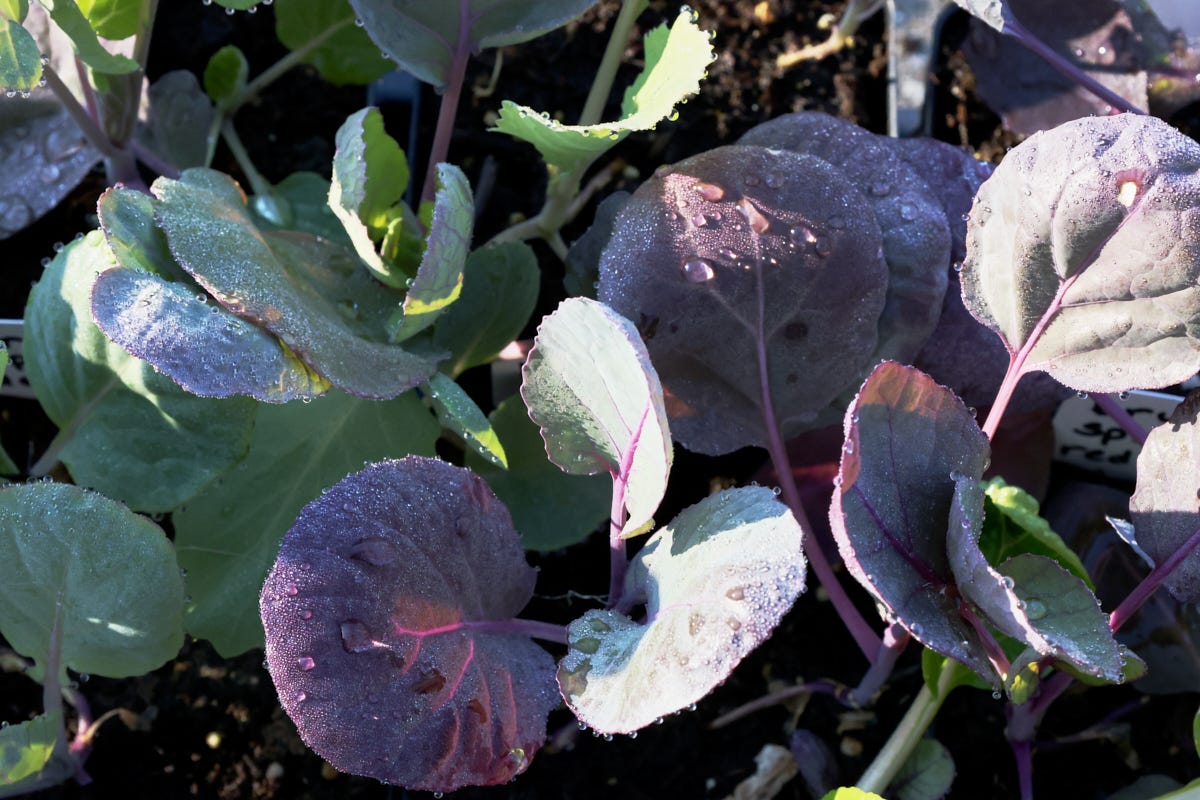
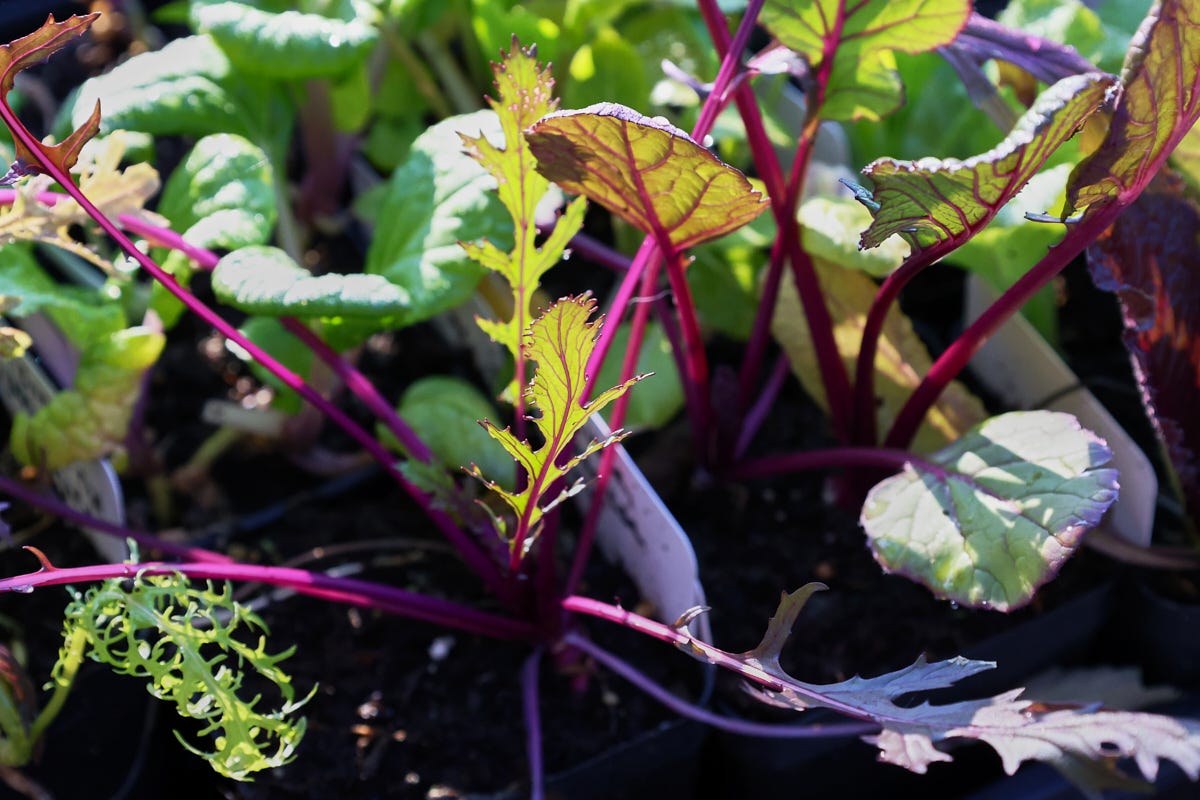
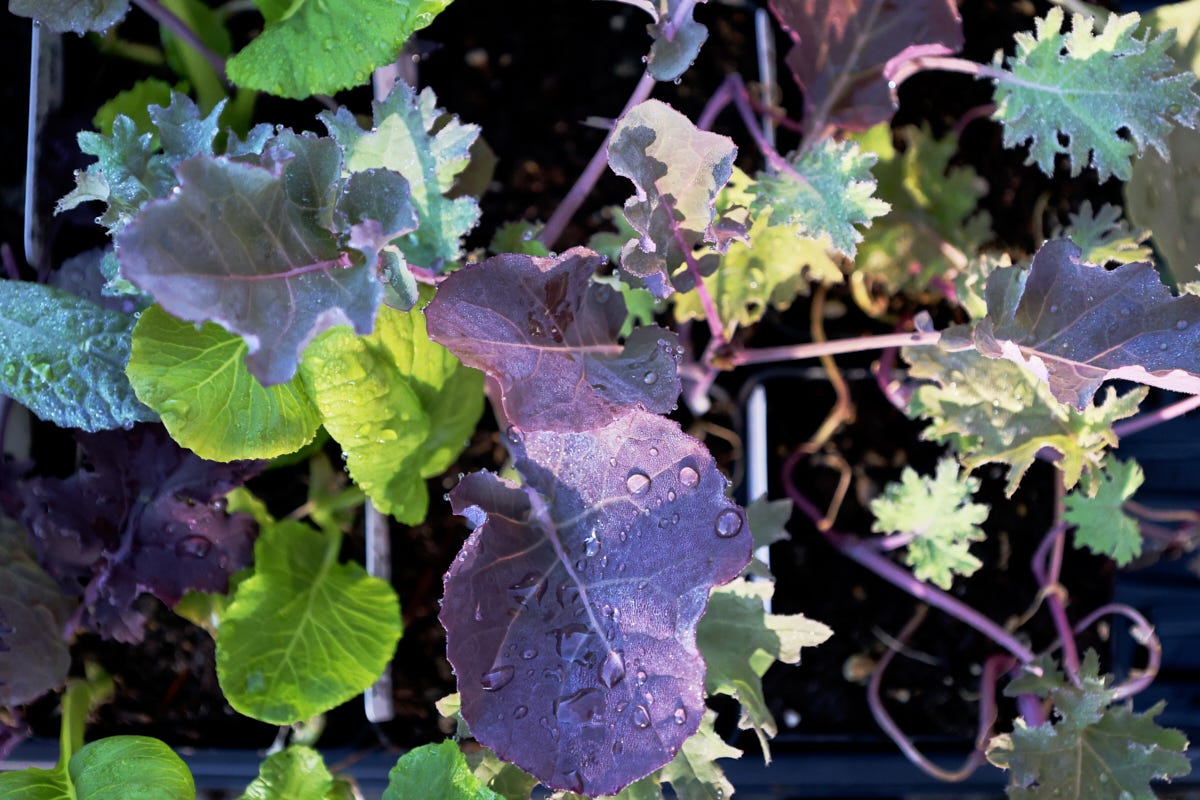
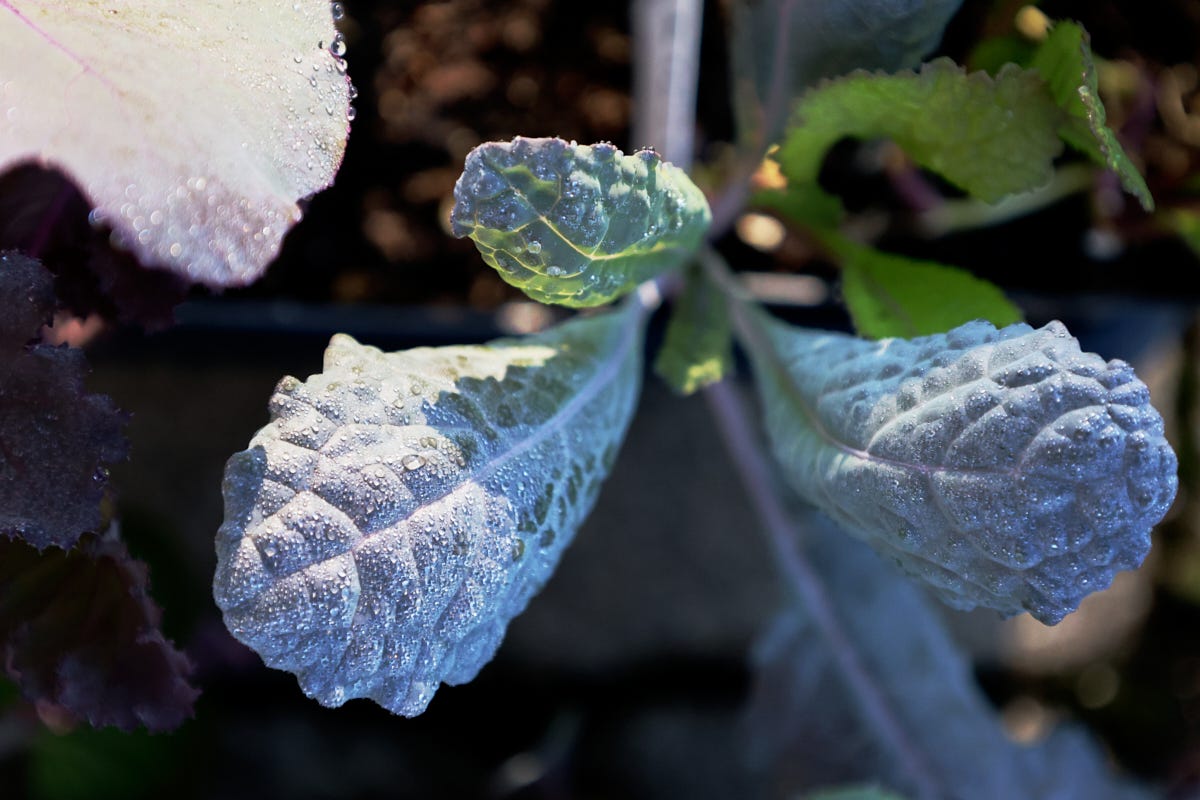
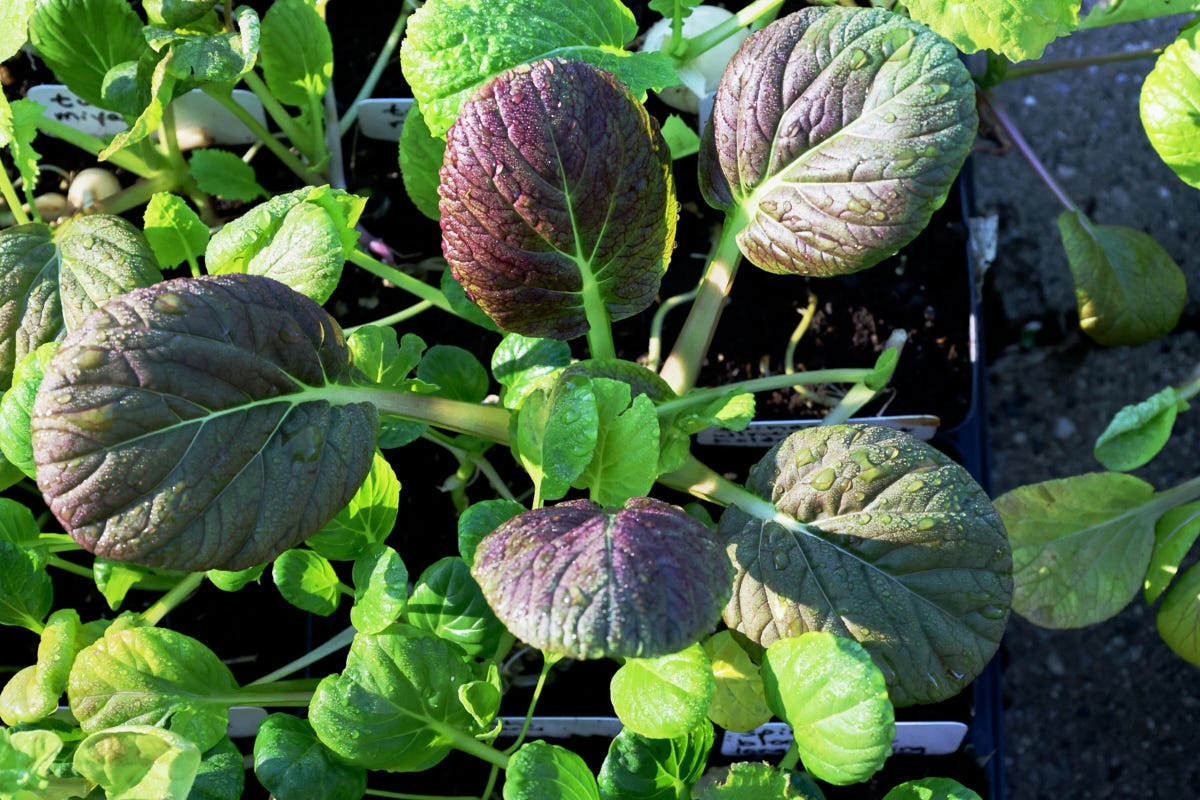
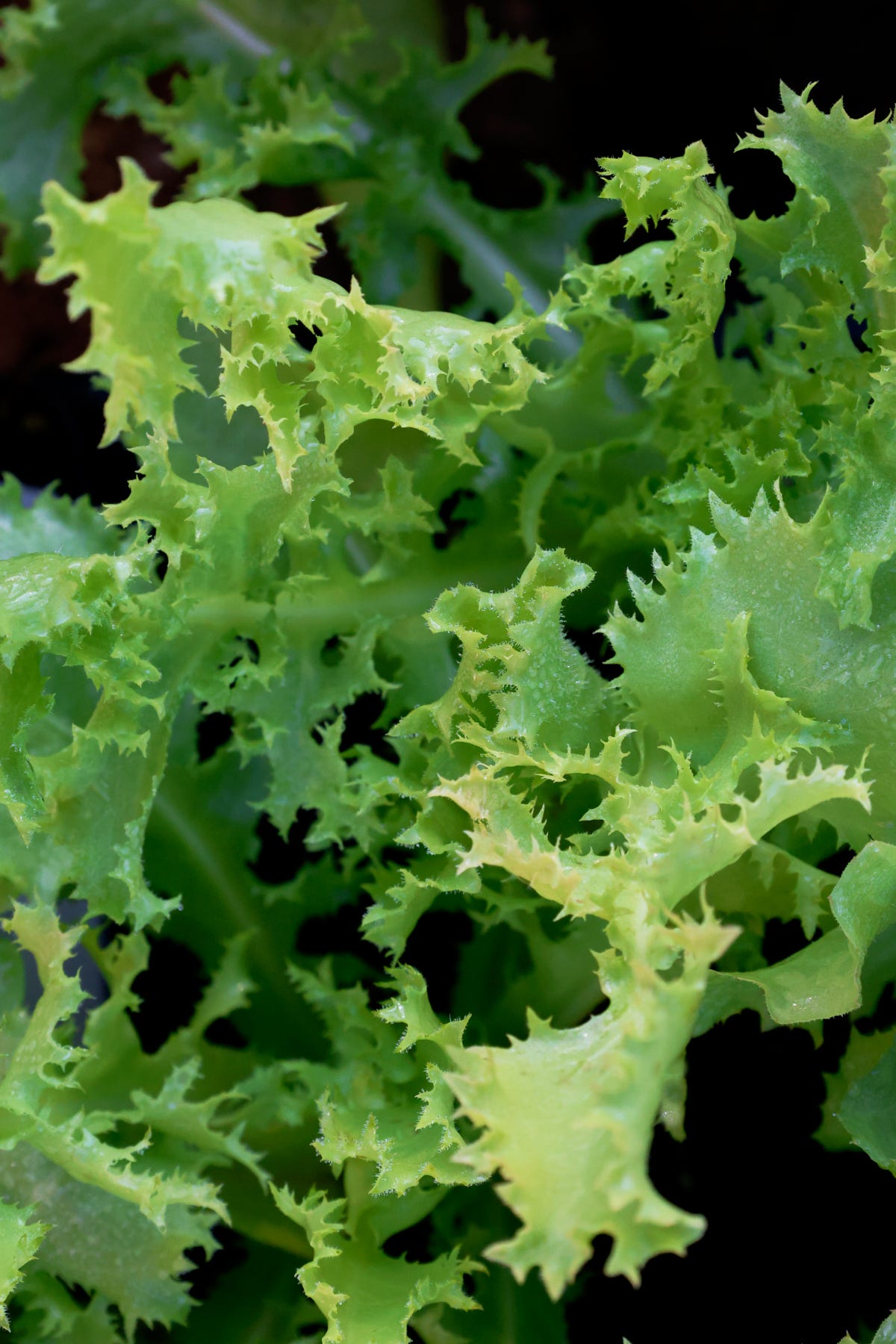
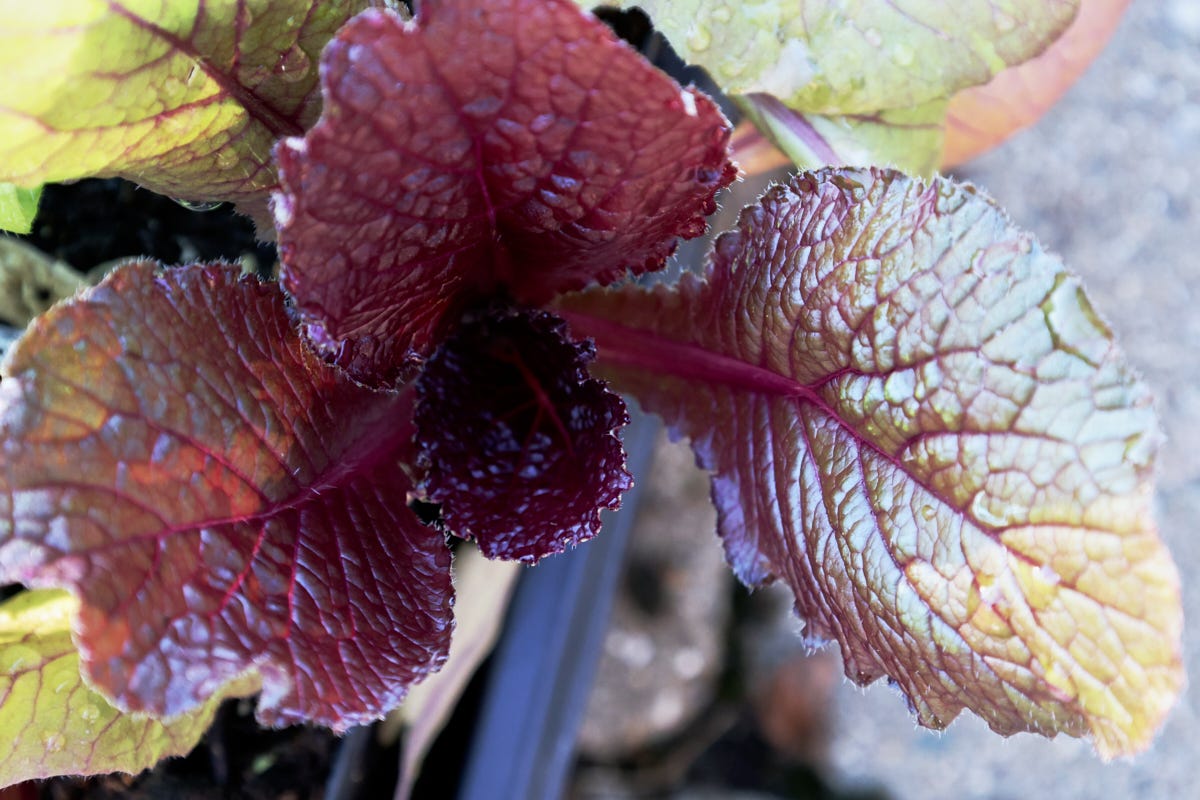
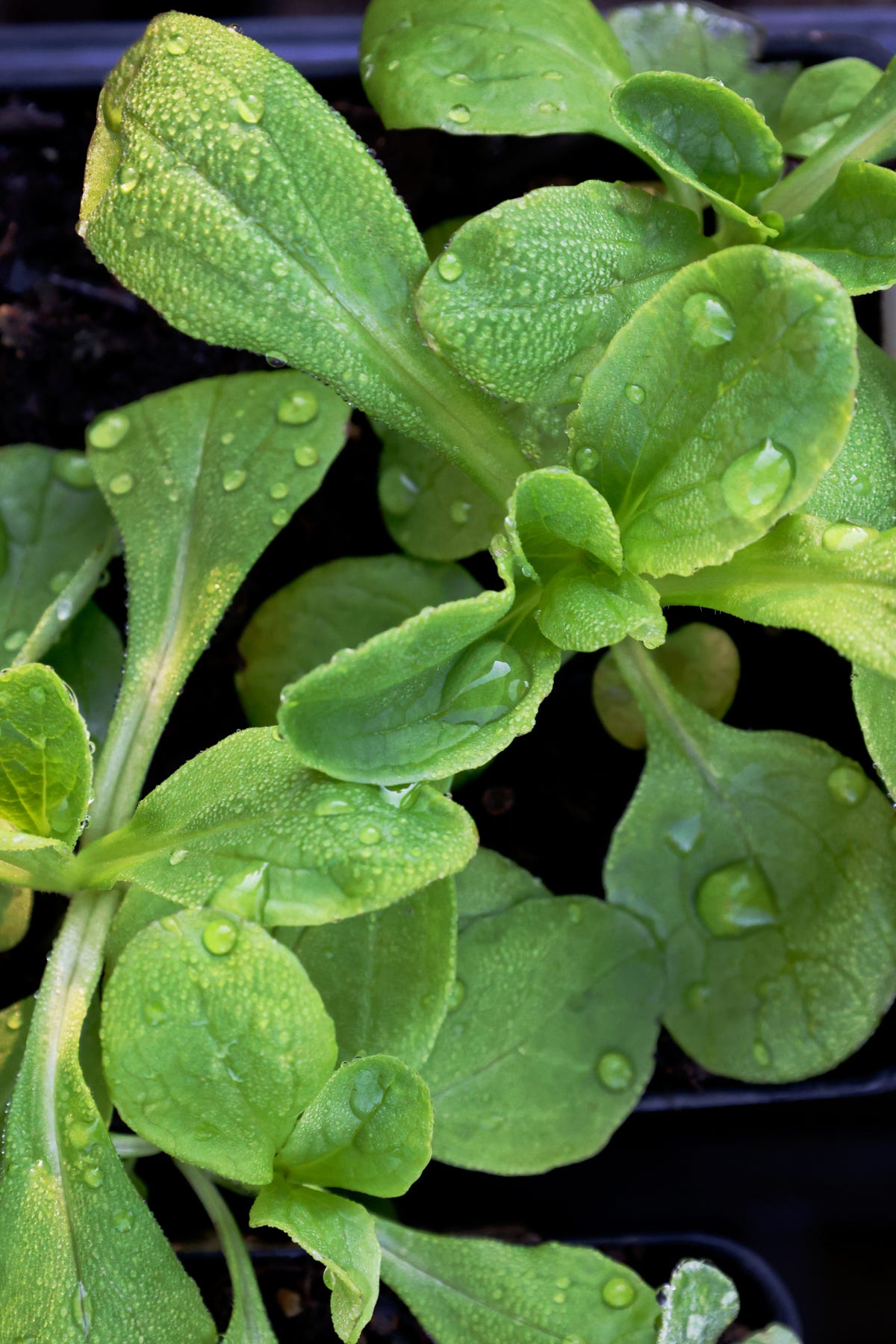
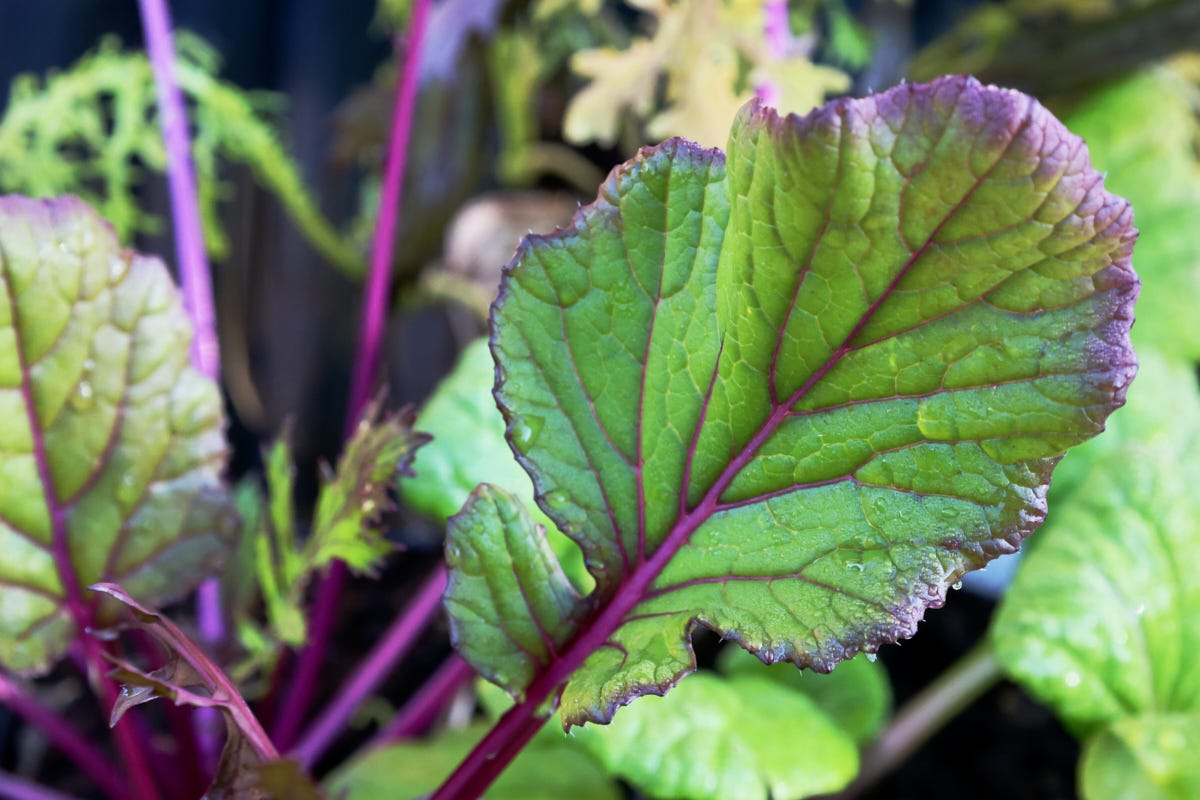
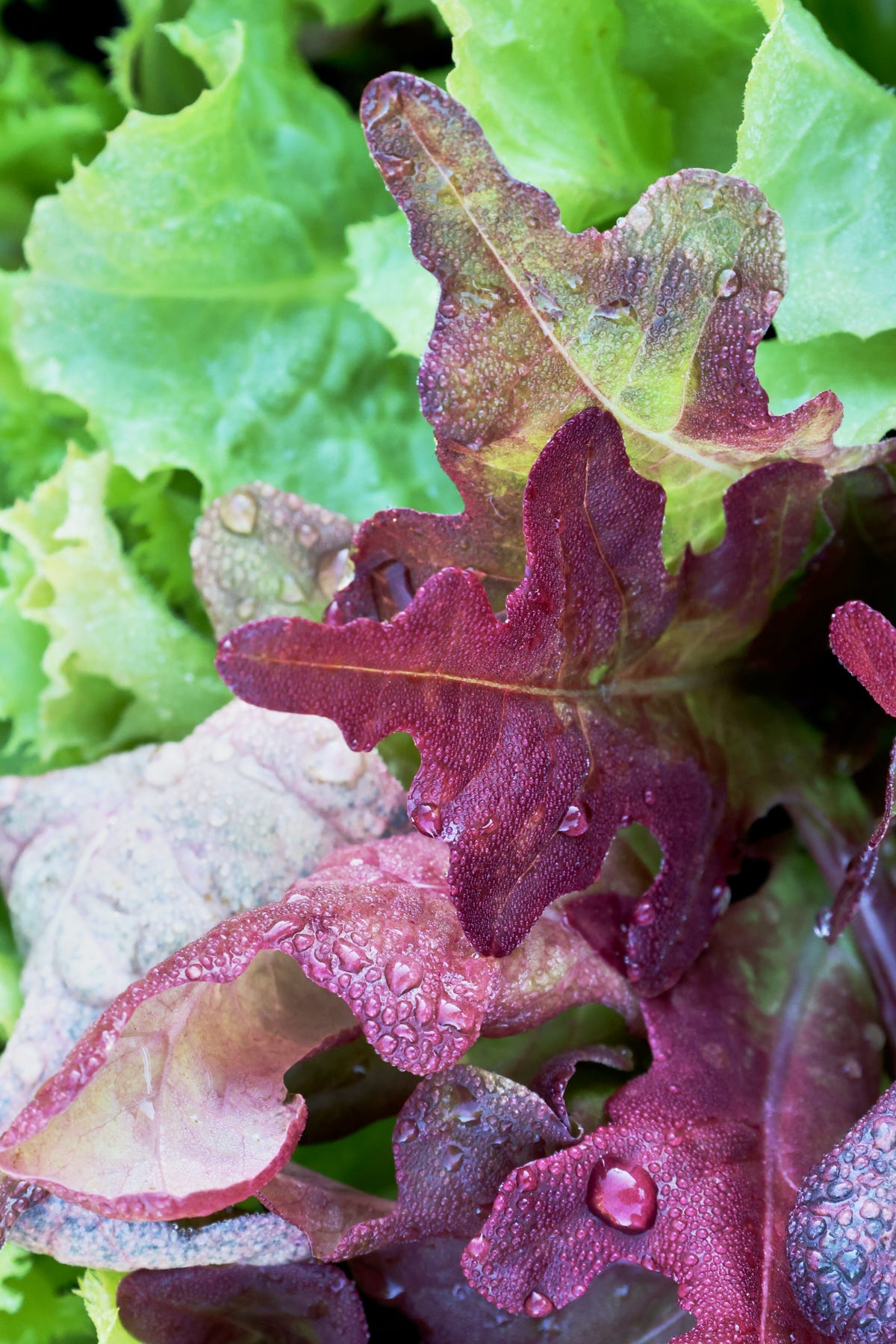
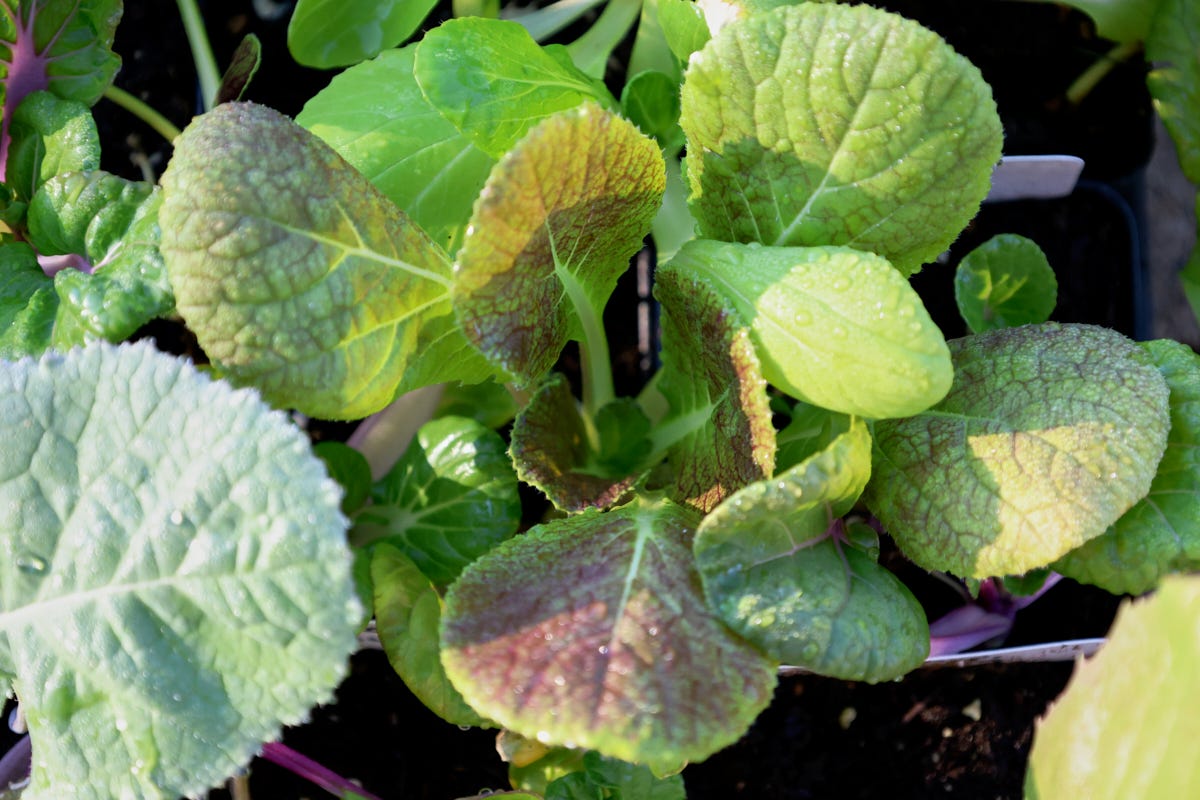
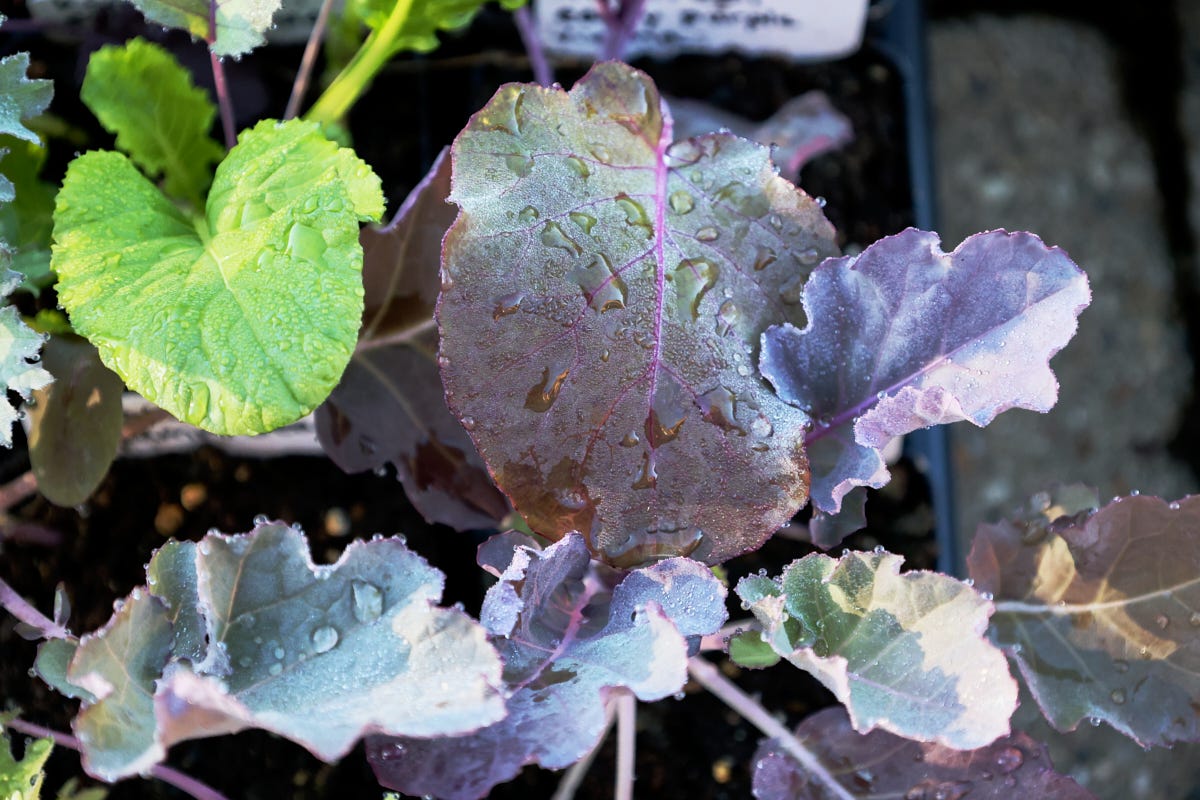
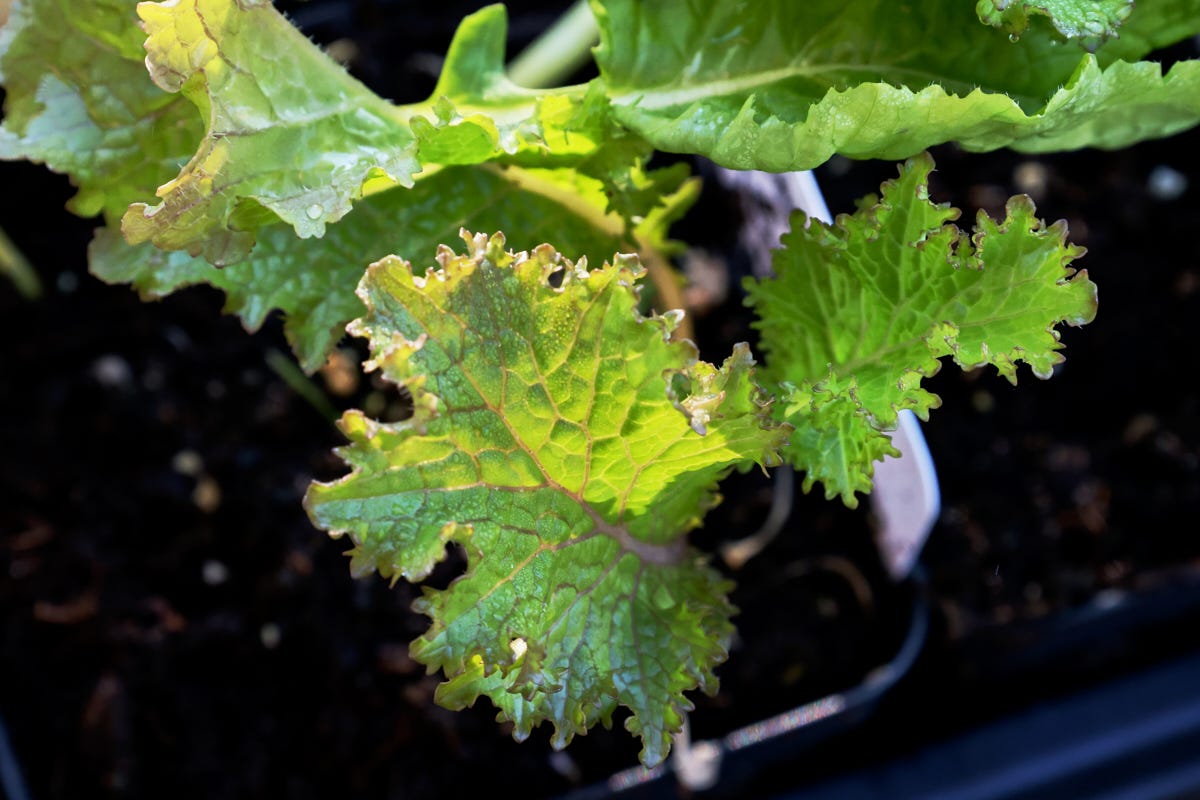
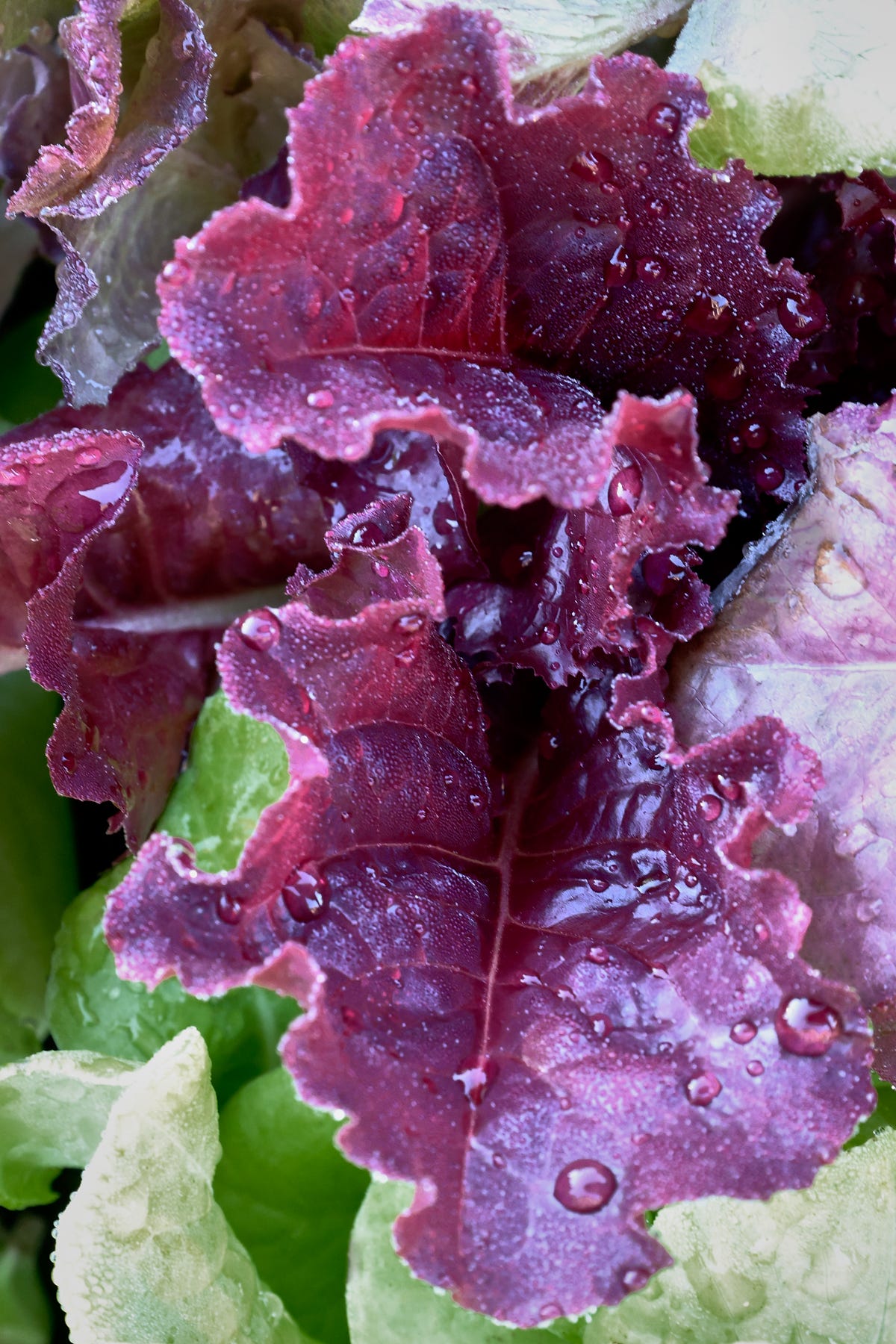
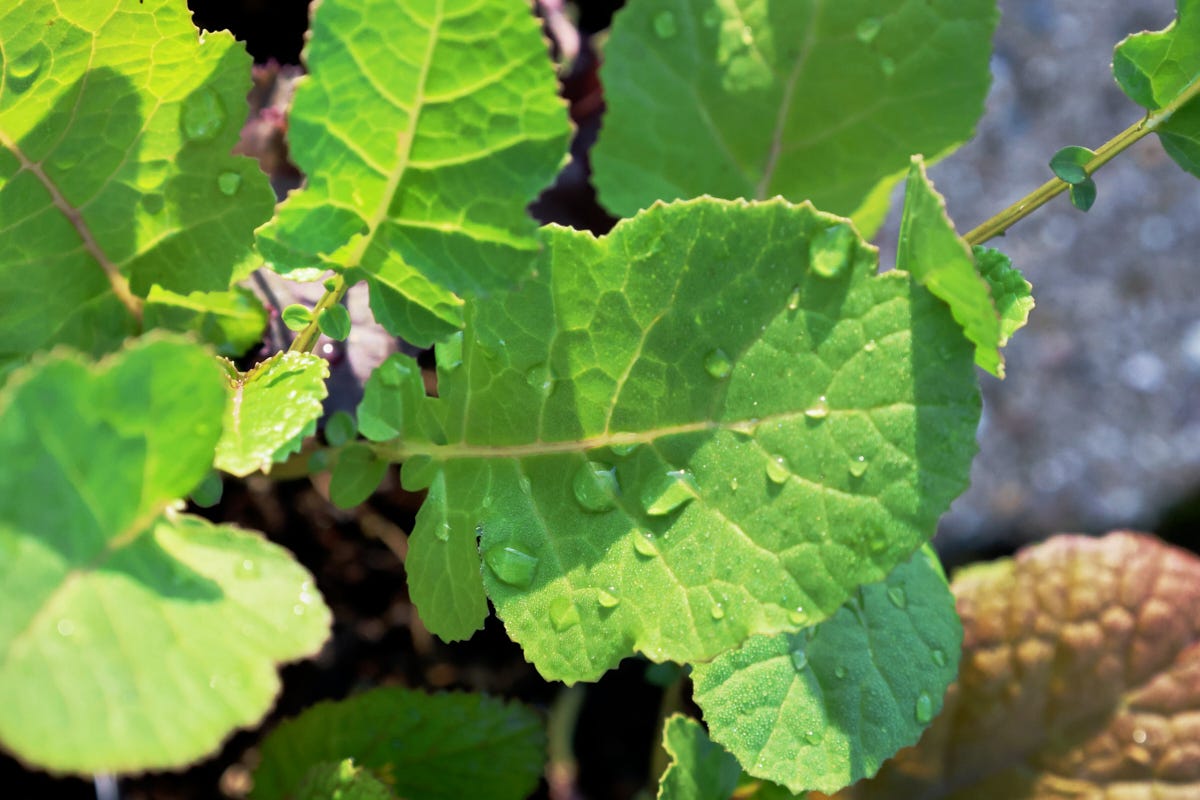
Trenchant, cogent, and charming- I love reading your gardening report!